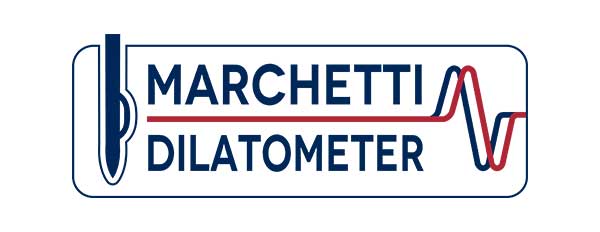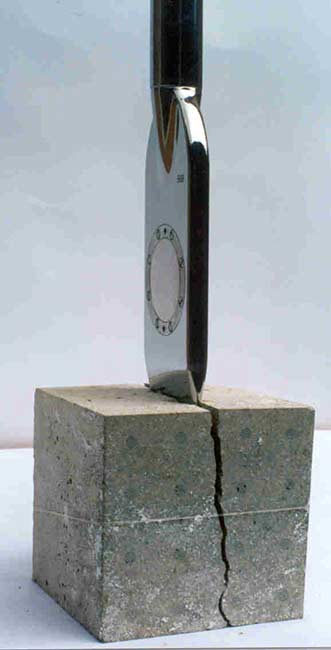It is noted that the upper limit of the hard soils is not imposed by the DMT blade, that can safely withstand 25 tons (see Figure), but by the capacity of the pushing machine, that rarely exceeds 20 ton.
The figure below is just for illustrating the strength of the blade – not, obviously, for illustrating DMT testing in concrete or rock.


